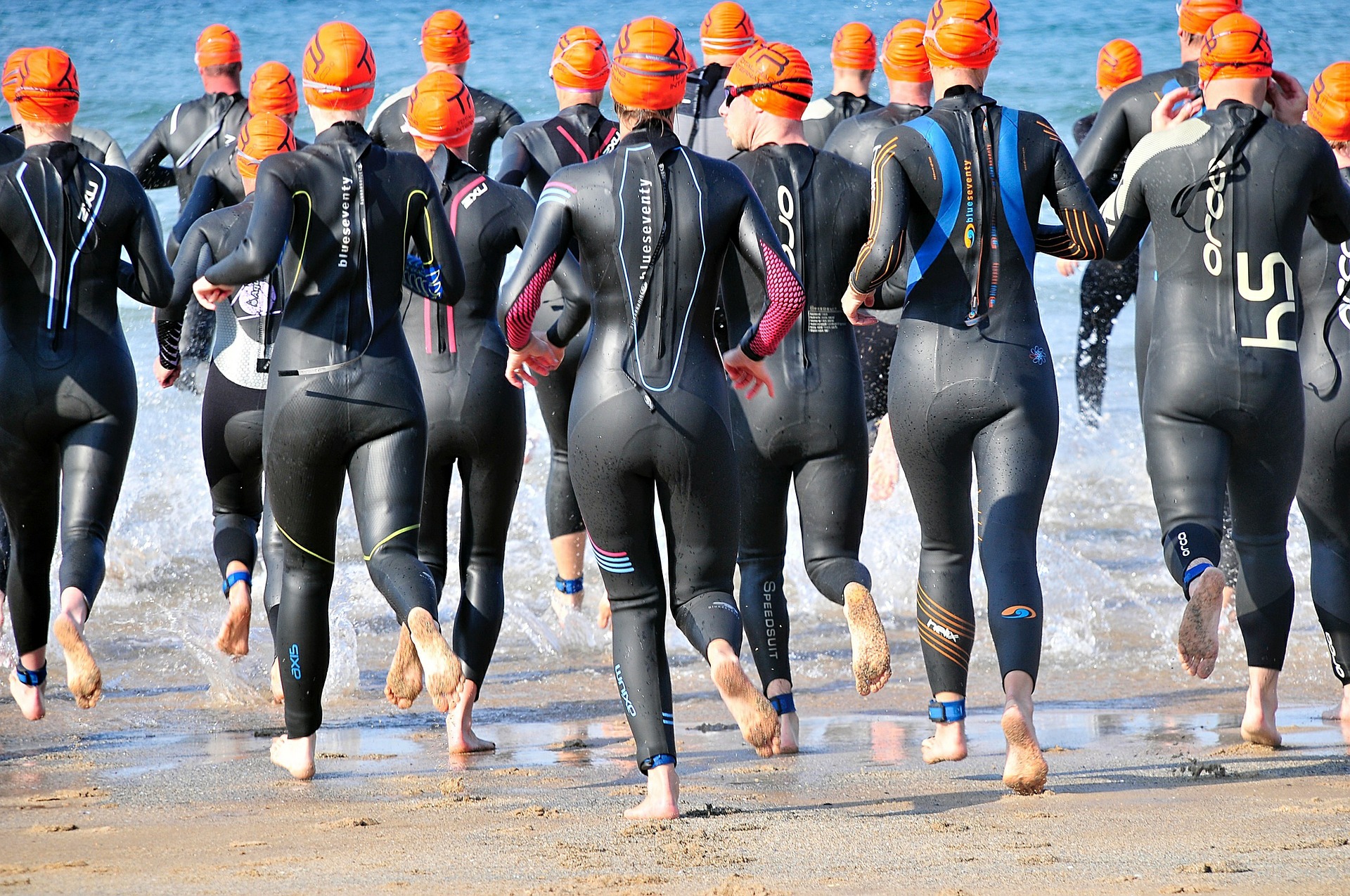Join a Premier Triathlon Training Camp and Improve Your Performance
Wiki Article
Transform Your Physical Fitness Trip With Engaging Triathlon Training Techniques and Approaches
Triathlon training presents a special opportunity to change your fitness trip with detailed strategies and cutting-edge methods. By integrating high-intensity interval training with sport-specific exercises, professional athletes can significantly boost their endurance and speed. Moreover, understanding the critical duty of nutrition and area engagement can elevate training effectiveness. Nonetheless, the course to mastering these elements calls for a nuanced method that balances physical demands with psychological strength - triathlon training. What certain strategies can you execute to ensure continual motivation and peak efficiency throughout your training?Advantages of Triathlon Training
Triathlon training uses a diverse technique to health and fitness that enhances both physical and psychological health. Participating in swim, bike, and run disciplines promotes cardiovascular endurance, toughness, and flexibility, adding to general physical health and wellness. The varied nature of training also minimizes the threat of overuse injuries, as different muscular tissue groups are engaged across different tasks.Psychologically, triathlon training promotes strength and self-control. The structured training routines require dedication and goal-setting, which can considerably boost self-confidence and confidence. Participants usually experience enhanced psychological clearness and lowered stress, as the mix of cardiovascular workout and the introspective aspects of endurance training can lead to improved mood and cognitive feature.
Furthermore, triathlon training motivates social interaction through group exercises and occasions, promoting a feeling of area and camaraderie among professional athletes. This social dimension can offer motivation and support, aiding people remain answerable to their physical fitness goals. Inevitably, the advantages of triathlon training prolong past plain physical enhancements, improving individuals' lives via improved mental fortitude, social connections, and an extensive sense of success as they conquer the difficulties of multi-sport training.
Essential Gear for Triathletes
Successful participation in triathlons depends heavily on the best tools. Each of the three techniques-- swimming, cycling, and running-- demands particular equipment to boost efficiency and guarantee safety and security.For swimming, a top quality wetsuit is crucial, giving buoyancy and thermal insulation in open water. Safety glasses with a comfy fit and anti-fog attributes boost visibility, while a swim cap can lower drag.
In cycling, a specialized triathlon bike uses aerodynamic advantages, allowing for effective power transfer and rate. Correct biking shoes, suitable with clipless pedals, improve pedaling effectiveness. Additionally, a well-fitted safety helmet is important for defense and aerodynamics.


Innovative Training Methods
As professional athletes look for to boost their efficiency, cutting-edge training strategies have actually become game-changers worldwide of triathlon preparation. Among these, high-intensity interval training (HIIT) has gained prominence for its ability to enhance both endurance and speed in a time-efficient manner. By alternating brief ruptureds of extreme initiative with recuperation durations, HIIT maximizes cardio advantages while decreasing the threat of overtraining.In addition, the unification of modern technology, such as wearable gadgets and efficiency tracking software, has revolutionized training methodologies. Professional athletes can currently examine metrics including heart rate irregularity, power result, and speed to enhance their workouts and recuperation approaches. This data-driven technique promotes customized training regimens customized to private strengths and weak points.
One more modern technique is making use of sport-specific stamina training, which focuses on building useful stamina relevant to swimming, biking, and running. Workouts that imitate race movements not just enhance performance yet likewise help protect against injuries by promoting muscle equilibrium.
Nourishment Techniques for Optimal Performance

Proteins play an important role in muscular tissue repair work and recovery, so incorporating lean sources like chicken, fish, legumes, and milk is important (triathlon training). A general guideline is to eat 1.2 to 2.0 grams of healthy protein per kilo of body weight, relying on training intensity
Fats, especially healthy sources such as avocados, nuts, and olive oil, ought to also be included for continual power, especially during longer training sessions. Hydration can not be neglected; maintaining liquid equilibrium is vital for optimal performance and recuperation.
Last but not least, timing is crucial. Consuming a nutrient-dense meal or treat within half an hour post-training aids recuperation and restores glycogen stores. By implementing these nourishment methods, triathletes can boost their efficiency and optimize their training results.
Remaining Motivated Throughout Training
Preserving inspiration throughout the strenuous training demands of triathlon can be tough, specifically during durations of tiredness or monotony. To battle these obstacles, developing clear, attainable goals is critical. Break your long-term goals into smaller sized milestones that supply a feeling of accomplishment, maintaining your spirits high as you advance.Including range right into your training regimen is additionally necessary. By mixing different exercises-- such as interval training, cross-training, and beautiful courses-- you can stave off monotony and triathlon training camp keep interaction. In addition, consider joining a neighborhood triathlon club or finding a training partner to cultivate camaraderie and responsibility.
Tracking your development with logs or applications can further improve inspiration. Picturing renovations in your endurance, rate, or technique serves as a powerful tip of your tough job.
Conclusion
The assimilation of ingenious training methods, important equipment, and calculated nutrition plays a pivotal duty in improving triathlon efficiency. By embracing an extensive strategy that consists of high-intensity interval training, sport-specific toughness exercises, and a well balanced diet, professional athletes can considerably improve endurance and rate.Triathlon training presents an one-of-a-kind chance to change your physical fitness trip with cutting-edge methods and comprehensive methods.Triathlon training offers a diverse approach to physical fitness that boosts both physical and mental well-being. Eventually, the advantages of triathlon training extend beyond plain physical enhancements, improving participants' lives with boosted psychological perseverance, social links, and a profound sense of achievement as they overcome the difficulties of multi-sport training.
As professional athletes look for to elevate their performance, cutting-edge training strategies have arised as game-changers in the globe of triathlon preparation. triathlon training.The integration of ingenious training techniques, crucial gear, and critical nutrition plays an essential duty in enhancing triathlon efficiency
Report this wiki page